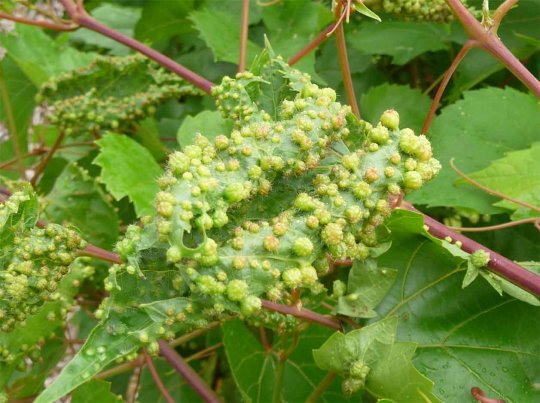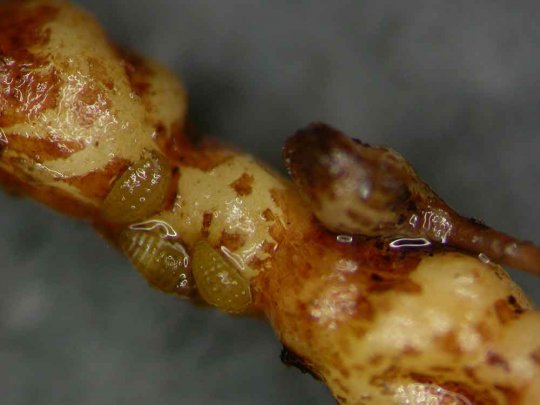Native to the Eastern United States, Phylloxera is a sucking insect related to aphids. It was first reported in France in 1863. In the 19th century, Phylloxera had a dramatic economic and social impact on French and European viticulture, which was devastated and had to be completely rebuilt. Today, Phylloxera has colonized almost every wine region in the world.
"The history of agriculture does not present us, at any time and for any other cultivated plant, a crisis as serious as that experienced by the vines of the old continent when they were invaded by Phylloxera." Gustave Foex, 1900.


